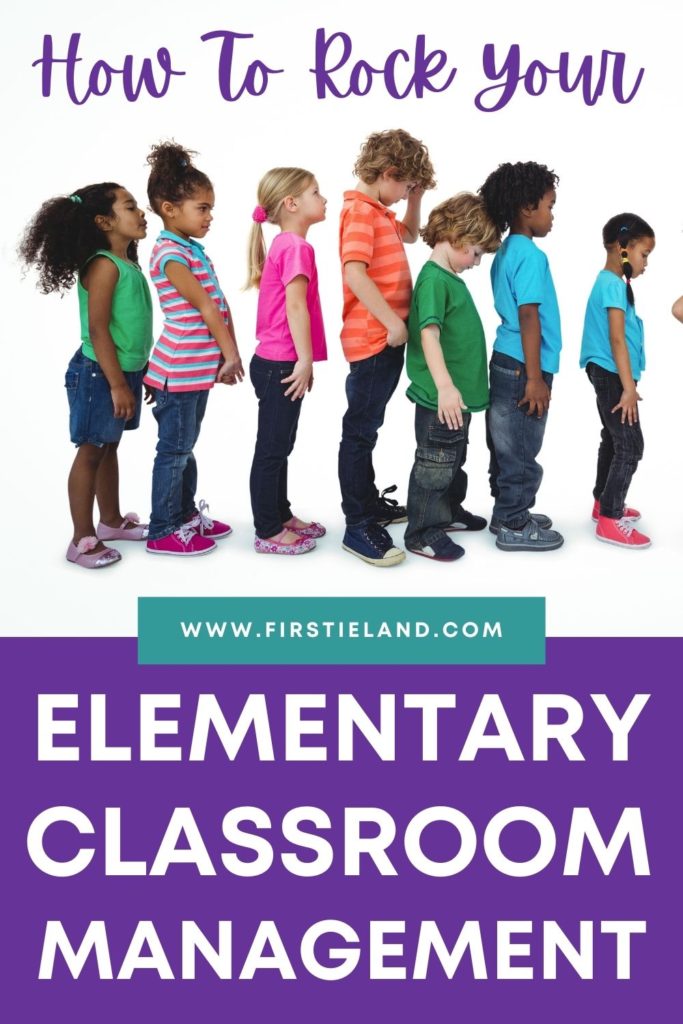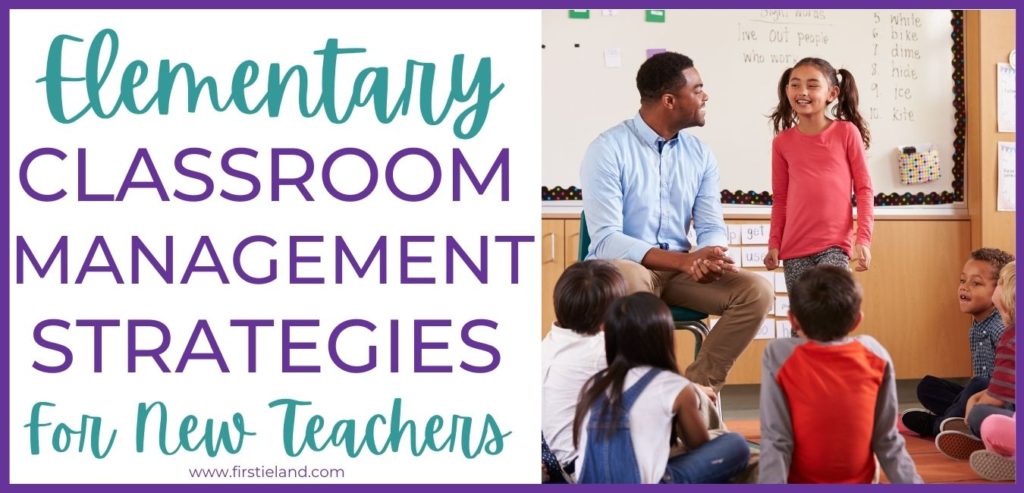
As a new or first-year teacher one of your biggest challenges may be classroom management. Often teachers will struggle with behavior issues, a talkative class, or keeping kids on task. Here are some tried and true strategies for classroom management to help kindergarten and 1st-grade teachers.
What Is Classroom Management?
Good classroom management is one of the most important skills an elementary teacher can acquire. It's the method that you use to maintain control in a classroom full of students. Teachers can approach this in many different ways to ensure that students are on task, learning, and in control of their behavior.
Why Classroom Management Is Important
Given the opportunity, children will push their limits to find the boundaries in a classroom. They will talk, fool around and sometimes be disrespectful without proper classroom management. This can lead to unruly behavior and a poor learning experience for themselves and other students.
It's important as a kindergarten or first grade teacher to establish your expectations for behavior on the very first day of school. Students need to know that there are rules and consequences to their behavior in school.
Many children are new to the school setting. They may come from a home where they're the only child and they're the first priority all the time. They may be used to being first and getting their needs met immediately. Other children may come from homes where they see violent and aggressive behavior. They may think it's normal to hit or yell when they are upset about something.
All of these children come together in a classroom and must learn how to adapt to a school setting. Children need to learn that there are rules, expectations, and consequences for their behavior in school. They should learn that this will probably look different than it does at home.
Classroom Management Philosophy Examples
You may have heard the old saying “Don't let 'em see you smile till Christmas!”. Some teachers rule with an iron fist with very little tolerance for misbehavior. Other teachers try to be their student's friends with little to no consequences for poor behavior. Good classroom management strategies for an elementary classroom lie somewhere in the middle.
There are many books that have been written on classroom management. Some of my favorites include Teaching With Love And Logic and Teaching Self Discipline. Both of these books help students develop the intrinsic motivation to take care of themselves, each other, and their own learning


What Are Some Classroom Management Strategies?
As a new teacher, you'll begin to develop your own classroom management approach that works for you. It's best to start on the first day of school so that you can have a smooth year. Here are a few examples of behavior management that work for many elementary teachers:
1. Build relationships with your students
Children like teachers who they think like them. They want to feel loved and cared for and believe that they matter. The best way to build relationships with your students is to get to know them. Find out as much as you can about each student in your class. Review their permanent record file before school starts. This will give you an idea about their family life, their grades, and if they have other siblings.
Have parents complete a simple form where they can tell you about their child. Have them list any fears, accomplishments, dietary restrictions, favorite activities, and any other important information. This can help you develop relationships with your students and give you things to talk to them about.
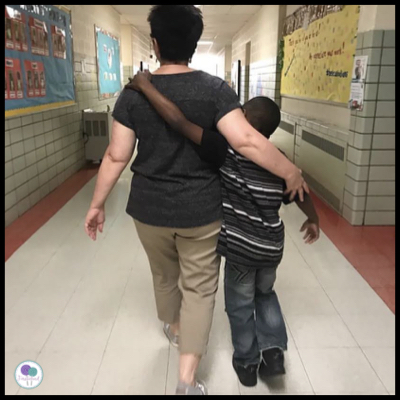
2. Use picture books and read-alouds
An excellent way to develop effective classroom rules is through read-alouds. You can read different stories where the characters struggle with behavior and discuss how this can be improved. Use these stories to help you establish the behaviors you'd like to see in your classroom.
One of my favorite books to read when talking becomes a problem in my classroom is Lacey Walker Non Stop Talker. We learn about times when we can talk and the times when we should be quiet. We do a pocket chart sort and create a chart to help us remember these rules. Head over here to see how I use this book in my classroom.

Another great book to use for classroom management noise levels is Decibella And Her Six Inch Voice. Many children want to follow the rules but they simply don't understand the difference between an inside voice and an outside voice. Without proper guidance, your room can become too loud. We use this book to understand the different voice levels we can use in our classroom, the cafeteria, in small groups, and on the playground.
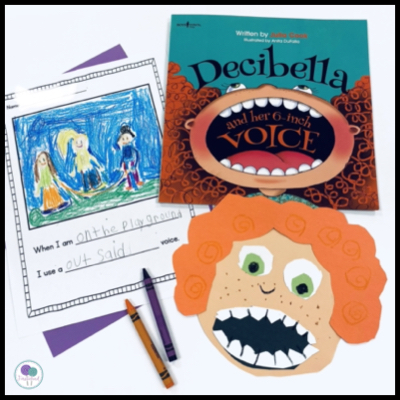
3. Create your classroom rules with students
Students will have more positive classroom behavior when you create your rules together. Take time at the beginning of the school year to develop a list of classroom rules with your students. Use those first few days of school as learning opportunities that you can add to your rules.
For instance, you may notice that when you ask students to line up they push and shove to be first. This is a great opportunity to sit together as a class and discuss how you should line up. Talk to students about how someone could get hurt and why they should keep their hands to themselves.
Discuss your expectation when it comes to lining up (walking, waiting to be called, etc) and make a new rule that says “We will keep our hands and feet to ourselves.” or a rule that says “We will walk inside the building”. These rules can apply to many things besides lining up.
4. Model everything
Kindergarten and first grade students are new to school and need specific instruction and plenty of modeling. When teaching students your expectations and classroom procedures show them exactly what you mean. For instance, if you want students to push in their chairs when they get up show them exactly how to do it.
Walk over to a student's desk and sit down. Show them how to stand up and push the chair all the way under their desk so it doesn't stick out. You may think that this takes up too much time but it's necessary if you want to have good control and best practices for classroom management.
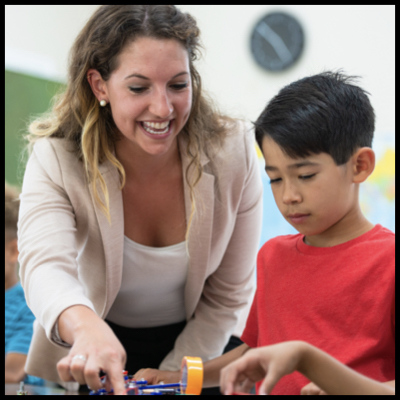
Some of the different procedures you should model in your kindergarten or first-grade classroom are:
- Hanging up a coat
- Morning sign-in chart
- Signing in for lunch
- Where to put their daily folder
- Lining up
- Sitting on the carpet
- Walking in a line
- Pushing in their chair
- Cleaning up their area
- How to use each classroom learning center
- Sharpening pencils
- What a quiet classroom sounds like
- How to play on the recess equipment
- How to line up at recess
- What to do when you give a quiet signal
- How to use classroom callbacks
- How to transition from one activity to the next
- Dismissal procedures
- Bathroom procedures
- How to take down and put up chairs
- How to put mail in their mailbox
Grab this free list of classroom routines and procedures here.

5. Practice makes perfect
Once you've modeled all of your procedures and expectations you'll need to practice them over and over. Your goal in the first few weeks of school should be to model and practice everything. It's important that you don't skip this step! Kindergarten and 1st-grade students need to practice many times before it sticks.
Take time every day to go over your rule chart and review your expectations. Before you begin a new activity, remind students of how that transition should look. Praise students who are doing it correctly and have them model the procedure for other students.
If you notice that students are not lining up correctly or falling into other bad habits, practice, and model again. Keep doing it over and over. You may think it's a waste of time or that you need to get on to more important things. Don't think that! Take the time at the beginning of the year to establish your expectations and it will pay off in dividends as the year progresses.

6. Slow down in order to speed up
This tip goes right along with practice makes perfect. As you are moving through your school year you may notice that new behavior problems start to arise. Maybe those once-perfect students are starting to get chatty. Maybe you notice students are off task and not getting their work done.
Instead of punishing these students, try to figure out why these behaviors are starting to occur. You may find out that something has changed at home that's bothering the child. Or you may simply find out that the material you're teaching is starting to get harder.
At a certain point in the year, you may need to slow down a bit in what you're teaching each day. Remember that learning new skills day in and day out can be a lot for young children. Instead of pushing through the material just to say you covered it, slow down. Give students time to practice and review. Sometimes this is all it takes to get those behaviors back in control.
7. Use developmentally appropriate practices
Be sure that you are doing lots of hands-on exploration in your kindergarten or first-grade classroom. Young students need to get in there and do things! Too much drill and skill will make for a boring class that isn't developmentally appropriate for kids.
Remember that children learn through play. Give students the opportunity to use manipulatives like paint, use playdough, magnetic letters, and other hands-on materials. Children learning through play are less likely to present behavior problems. They'll be having too much fun to act up!
8. Be prepared
Do you know the boy scout motto of “Be prepared.”? Use this in your classroom as well. Teachers who are prepared with their lesson plans written and materials set out and ready to go each morning have fewer behavior problems in their classroom.
Take the time to write your lesson plans for each week. Prepare them the week prior and get all your copies made and craft projects ready. Use boxes to keep your materials for each day. Label them Monday, Tuesday, Wednesday, Thursday, and Friday.
Set up a schedule of how you'll use your planning times each day. My schedule looked like this:
- Monday – grade papers and enter grades
- Tuesday – write my lesson plans for next week
- Wednesday – make my copies for next week
- Thursday – prepare any craft materials for next week and grade papers
- Friday – change any center materials and enter any grades for the week
By following a schedule like this you will be more prepared and also more likely to leave school on time. You won't have to scramble around each day looking for the materials you need to teach. You won't have to leave your classroom unattended to make copies for a lesson. Because of this, your students will more likely be on task and ready to learn with fewer behavior problems.
9. Have a sense of humor
Finally, don't sweat the small stuff. As long as your class is learning and being respectful try to let the little things roll off your back. Laugh with your students and have some fun.
It's not necessary to punish a child for every little infraction. You can simply remind a child if they break a rule and move on. Children don't have to be disciplined for every little thing. Sometimes all they need is a reminder.
Of course, if you have a child who continues to act out or misbehave daily then punishment may be necessary. Sit down with the child and talk to them about it. Ask them why they are acting out. Be a listening ear. Explain to them that they will need to be punished for their actions but afterward it will be a clean slate.
Children know when they are doing something wrong and sometimes they simply want to see what they can get away with. By setting limits and boundaries you are actually helping a child learn how to control their behavior.
Need More Tips And Advice?
Check out these posts to help you with your beginning of the year strategies.
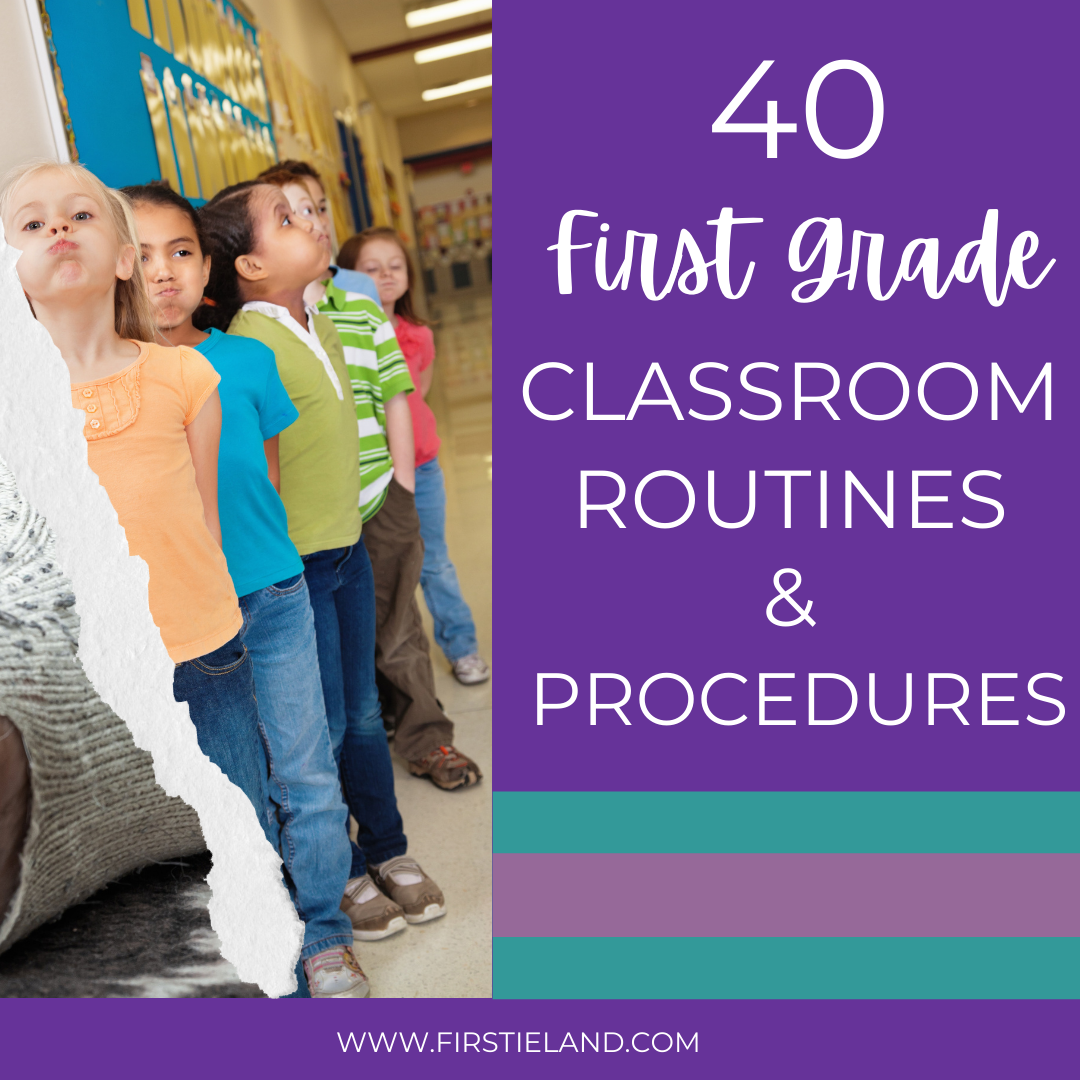
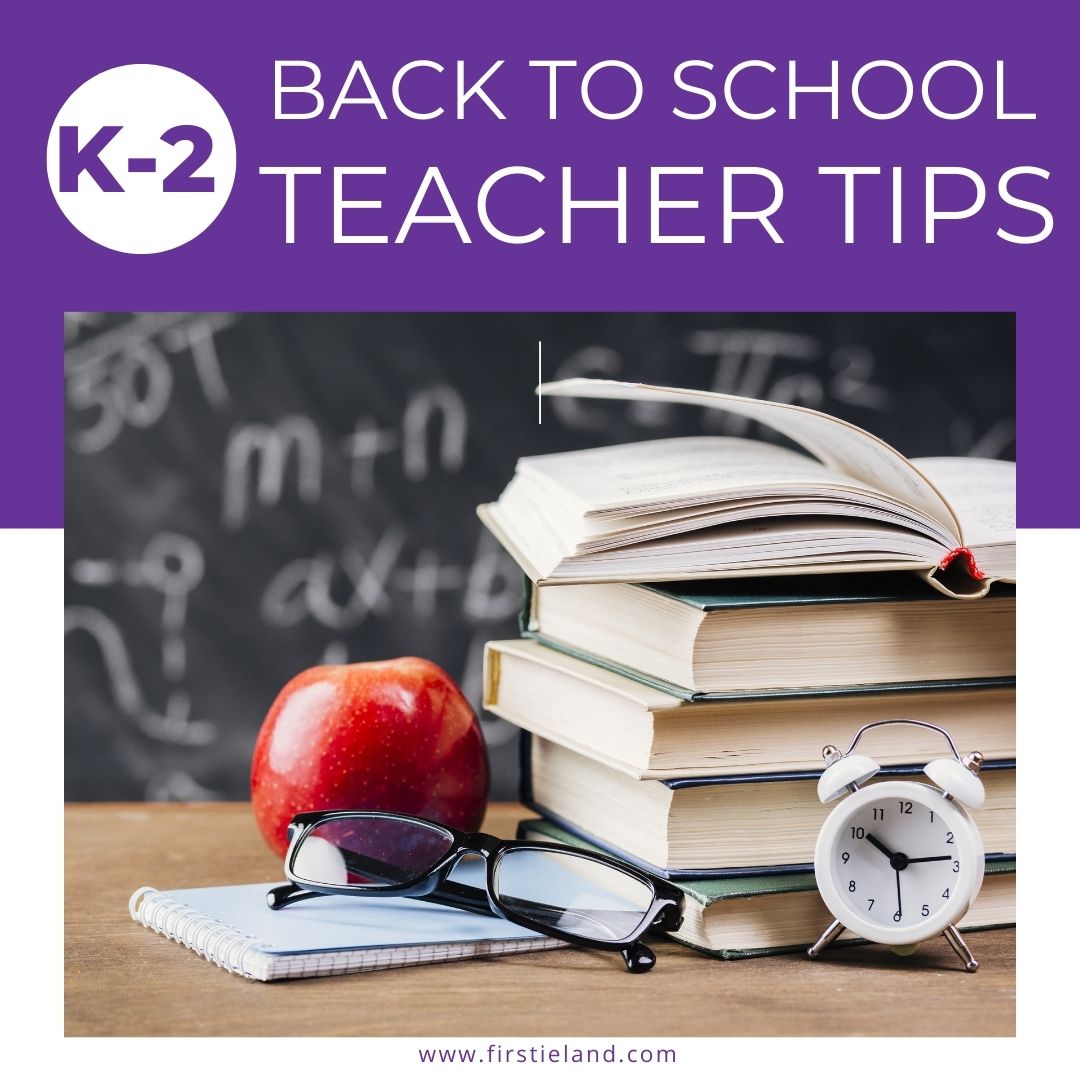
Save these tips for later…
Take a minute to save these tips to your favorite classroom management Pinterest board so you can remember them later!
